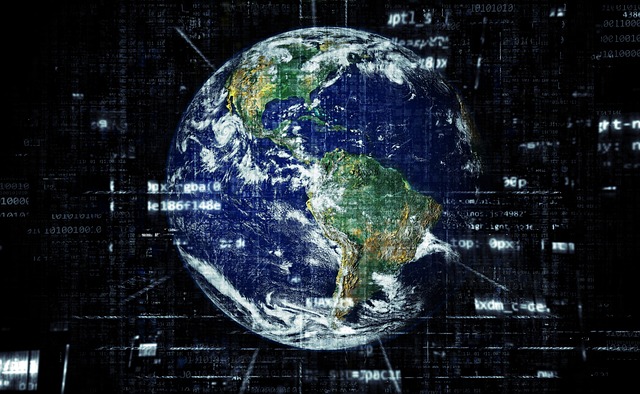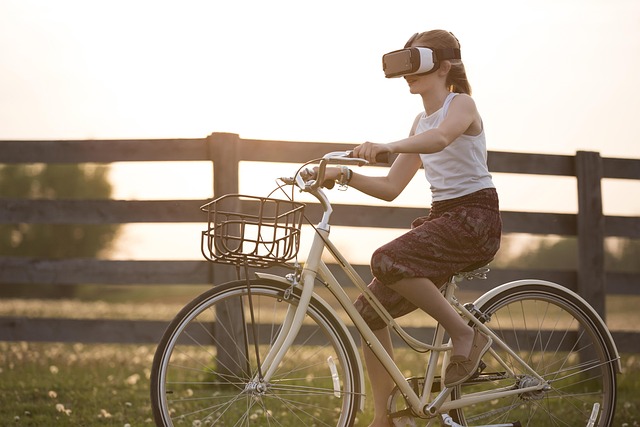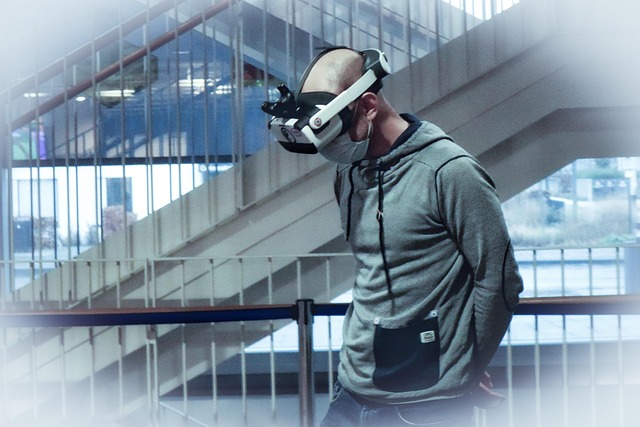In an age where technology continues to redefine our perceptions of reality, digital worlds have emerged as the frontier of human interaction. Whether you’re diving into the immersive landscapes of Virtual Reality (VR), augmenting your everyday surroundings with Augmented Reality (AR), or traversing the expansive Metaverse, the possibilities of engagement are boundless. These digital platforms not only offer entertainment but also create spaces for social connection, creativity, and exploration.
Virtual Reality transports users into an entirely artificial environment, engaging their senses and creating experiences that feel truly transformative. Imagine donning a VR headset and being instantaneously transported to magical realms where you can walk among dinosaurs or battle mythical creatures. The immersive nature of VR allows for deep interactions, where you can communicate, collaborate, and compete in ways that traditional formats simply cannot replicate. These experiences are not just solitary; they are shared adventures, inviting friends or strangers alike into the same digital worlds, fostering a sense of community among participants.
On the other hand, Augmented Reality takes a different approach, blending digital components with the physical world. With AR, the digital overlays enhance your reality rather than replace it. Think of applications like Pokémon GO, which encourage players to hunt for virtual creatures in their real-world environments, creating a communal experience that merges imagination with the familiar. This interaction doesn’t merely exist on screens; it invites users to explore their surroundings, interact with the digital, and share their experiences with others. Consequently, AR expands social connections as people engage with both the artificial and the authentic in fascinating new ways.
When we consider the Metaverse, we enter a labyrinth of interconnected digital worlds that encompasses aspects of both VR and AR, along with elements from countless other mediums. It’s a universe where users can create, own, and monetize their experiences. Picture walking through bustling marketplaces where people from all backgrounds come to showcase their digital art, attend concerts, or even participate in virtual conferences. The Metaverse acts as a virtual city, replete with avenues for socializing and establishing meaningful relationships, thus enhancing the richness of individual experience and collective interaction.
The synergy between VR, AR, and the Metaverse reveals the innovative potential of digital worlds. They allow users to transcend geographical barriers and cultivate interactions that linger long after the virtual experience concludes. As we delve into these realms, we find not only entertainment but also avenues for education, therapy, and profound social engagement. The ability to interact in such dynamic environments fosters a sense of belonging and stimulates creativity, ultimately reshaping how we define and experience community in our increasingly digital age.
As we navigate these evolving landscapes, we must remain mindful of how digital worlds are influencing our relationships and interactions. They challenge us to embrace change, adapt to new forms of communication, and redefine what it means to connect. Highlighted by the rich tapestry of experiences offered by VR, AR, and the Metaverse, the future of interaction in the digital realm holds an exciting promise, inviting us to dive deeper into the limitless possibilities that await.




